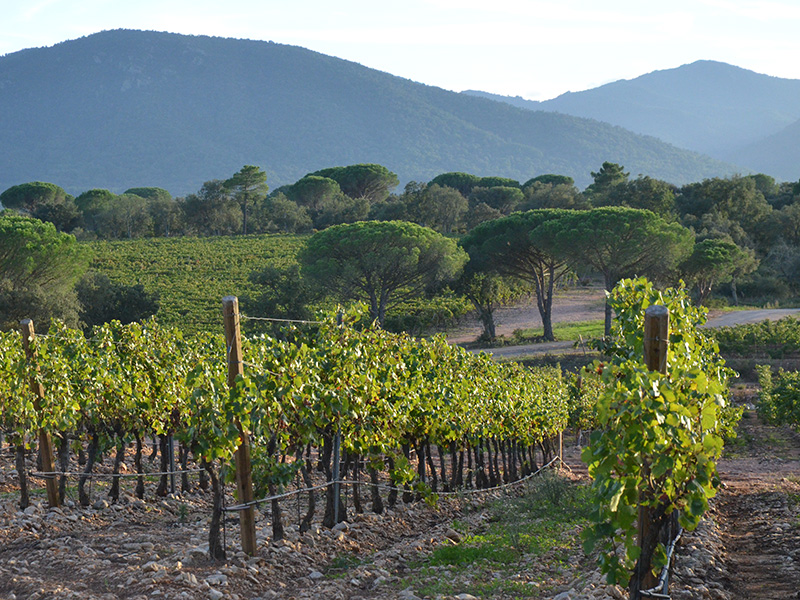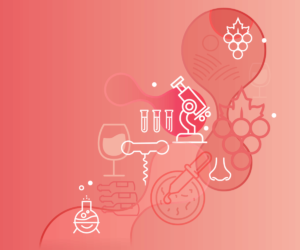Cotes de Provence AOC now has a fifth terroir designation (DGC), as revealed by the Conseil Interprofessionel des Vins de Provence (CIVP). The designation was officially recognized by a decree published in the “Official Journal” of 10 August 2019, based on a recommendation from the National Committee of the INAO (French Institute of Origin and Quality).
Côtes de Provence Notre-Dame des Anges is the fifth terroir designation under the Côtes de Provence AOC (following in the footsteps of Sainte-Victoire, Fréjus, La Londe and Pierrefeu). Its name refers to the highest peak in the Massif des Maures mountain range, visible from all the communities in the terroir. Recognition of this terroir designation entails the application of more restrictive production rules for red and rosé wines, laid down in specifications approved by the INAO and namely including plot-based selection, choice of varietals, lower yields, and wine-making methods.
The terroir covers 10 communities and 3,900 hectares of grapevines within the landscape of umbrella pines, oak trees and chestnut groves forming the Plaine des Maures National Nature Reserve.
The 2019 production numbers are expected to be between 3,500 and 4,000 hectolitres. As per the specifications, the roses will be released to the market on December 15, 2019; and the reds on September 1, 2020.
The harvest for the area is now underway the 2019 vintage will be the first for the Cotes de Provence Notre-Dame des Anges.
President of the Notre-Dame des Anges Section of the Cotes de Provence, Jean-Pierre Daziano, said: “After 15 years of comparative tastings, plot identification and the development of control batches, we have been able to bring the Notre-Dame des Anges terroir designation project to fruition, because the wine-makers all shared a common goal, based on a belief in the typicality of their wines. This area boasts special natural features, but it is also a terroir in the oenological sense of the term because the way the producers work the land is reflected in the characteristics of the wines.”
Eric Pastorino, president of the Cotes de Provence Syndicate, said: “For many years now, the Syndicat des Vins Cotes de Provence has been engaged in the promotion of its terroir through the identification of specific geographic sectors, an approach which has resulted in the recognition of five terroir designations in conjunction with local wine-makers. This strategy is part of a process to upgrade the appellation, with the aim of producing wines which are recognized for their quality and for the expression of their terroir.”



 I’m very excited to be invited to the 5th International Rosé Symposium / Rencontres Internationales du Rosé.
I’m very excited to be invited to the 5th International Rosé Symposium / Rencontres Internationales du Rosé.